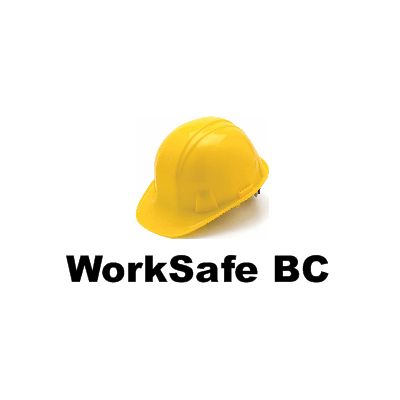Excerpt from the OH&S Canada magazine (Summer 2022)
In 2021, WorkSafeBC reported 7,125 accepted claims related to injuries from young workers. With summer upon us and young workers set to enter the workforce for seasonal jobs, the insurer of workers in BC is reminding workers about their rights, and employers about their responsibilities.
The majority of the injuries occurred in service sector jobs (2,801), seconded by jobs in retail and wholesale (1,335), and construction (1,258). Alarmingly, there had been 16 fatal incidents involving young workers in the last five years.
According to Jacqueline Holmes, manager of prevention field services at WorkSafeBC, the majority of the serious injuries in the workplace typically occur in the first six months on the job.
“Injuries can result from inadequate training orientation, and supervision, inexperience, or a reluctance to speak up, ask questions, and raise health and safety concerns.”
While risks are present in any job, young workers should be reminded of their right to refuse unsafe work if there is a reasonable cause to believe it would create an undue hazard to their health and safety. In fact, it is illegal for employers to punish or fire anyone for refusing unsafe work or reporting hazards to a supervisor.
“It is every worker’s right to refuse unsafe work. Young workers should speak to their supervisors if they feel a task might be hazardous,” says Holmes. “Trust your gut – it’s okay to say, “I need more training before I am comfortable or “This doesn’t feel safe.”
Under British Columbia’s Workers’ Compensation Act, employers have a legal responsibility to ensure young and new workers receive appropriate training and supervision.
When employers fail to adequately train or supervise young workers, WorkSafeBC may us various enforcement tools including orders., warning letters, stop-work orders, compliance agreements, and citations and penalties, when necessary.
My opinion
It is not surprising that the numbers of injuries from the different sectors is unusually high. I was surprised that construction was in third place. Most young worker injuries, in Ontario, have been in the construction sector and courses such as ‘Working at Heights’ is sector specific.
HRS Group Inc. is an approved provider for ‘Working at Heights’ and the Ministry made it mandatory that we include section 50 of the Occupational Health and Safety Act (OHSA) which states,
“Section 50 (1) No employer or person acting on behalf of an employer shall,
(a) dismiss or threaten to dismiss a worker;
(b) discipline or suspend or threaten to discipline or suspend a worker;
(c) impose any penalty upon a worker; or
(d) intimidate or coerce a worker,
because the worker has acted in compliance with this Act or the regulations or an order made thereunder, has sought the enforcement of this Act or the regulations or has given evidence in a proceeding in respect of the enforcement of this Act or the regulations or in an inquest under the Coroners Act.”
By the way, I have a great respect for WorkSafeBC and the work they are doing. I can think of another province where safety is NOT the main goal on the worksite.
HRS Group Inc. has a great team that can help you with all your health and safety needs. Contact Deborah toll free at 1-877-907-7744 or locally at 705-749-1259.
Ensure your workplace is a safe place.
Remember – In Ontario, “ALL Accidents are Preventable”
‘Work’ and ‘Play’ safe.
Daniel L. Beal
CHSEP – Advanced Level
CEO & Senior Trainer
HRS Group Inc.


Thanks for sharing. I read many of your blog posts, cool, your blog is very good.